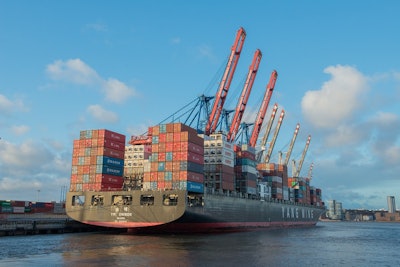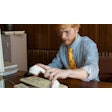
Lately there’s been a lot of talk about soybeans. In the past three weeks (at the time of this writing), China has cancelled nearly 200,000 metric tons of U.S. soybean purchases, which is bad news for agriculture since China was our largest buyer of the commodity in 2017. Last marketing year, soybean exports were valued at nearly $14 billion.
So why isn’t China buying any U.S. soy? Many are calling this a trade war, which started in April when China proposed a 25% tariff on American shipments of soybeans, pork, corn and beef in response to President Trump’s proposed tariffs on Chinese steel, aluminum, electronics, and other products. The White House says the tariffs were warranted due to an unfair trade balance with China, but no one in agriculture wants to see this escalate.
Tom Sleight, CEO of the U.S. Grains Council told INFORUM, “[We want to see an] incentive to get partners across the table from each other. Let’s negotiate this out; let’s not get into a full-blown war.”
Trade officials from both nations met in May to come to an agreement, but at this time it’s unclear how long it’ll take and who will come out on top … hopefully U.S. agriculture. While officials work on getting China to buy U.S. soy again, it may be beneficial to become educated on another issue that threatens the United States’ access to China’s soybean market. In 2017, China informed the USDA that U.S. soybean shipments do not comply with the country’s new laws keeping invasive weed species out of their borders.
To help U.S. shipments meet China’s requirements, the Animal and Plant Health Inspection Service developed The Systems Approach. This voluntary approach consists of recommended best practices at every step in the supply chain from harvesting to handling to sampling, inspection and analysis — one of the main focuses of this issue of Feed & Grain.
APHIS recommends that at the grain elevator level, operators should examine soybean deliveries for weed seeds like ragweed, cocklebur, Johnson grass, and pigweed. Next, they suggest separating weed seeds from soybeans through mechanical cleaning or other means and then denaturing or destroying the seeds. Everyone in ag should be committed to doing their part in resolving trade issues because when it comes to soybeans, there’s a lot on the line.
As grain handlers, you play a critical role in the supply chain and your combined efforts can make as big of a difference as the trade officials negotiating tariffs. ❚ (Editor’s note: To learn more, visit APHIS’s Soybeans Systems Approach.)












